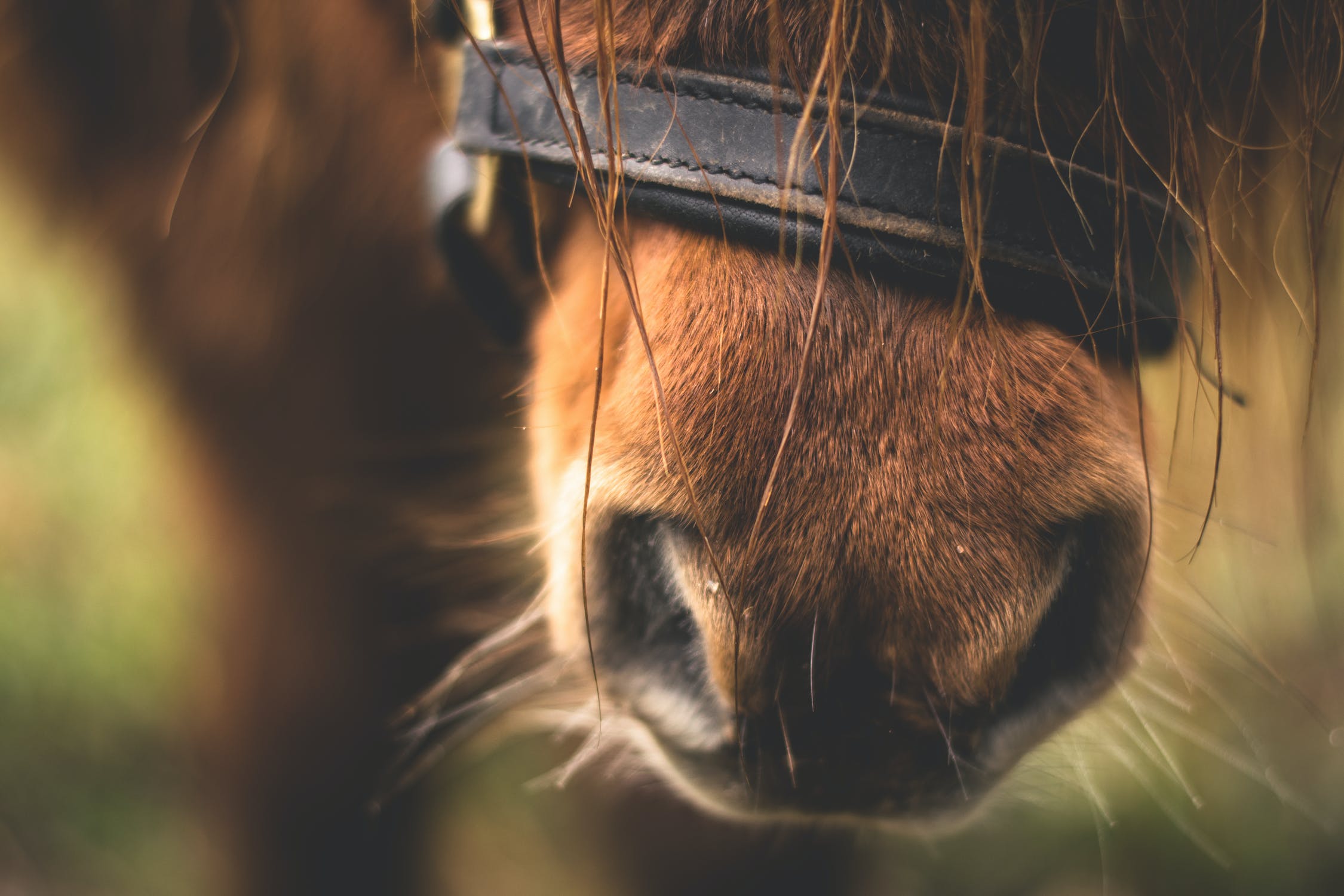 Respiratory disease is second only to musculoskeletal disease as a recognised cause of poor performance in racehorses.
Respiratory disease is second only to musculoskeletal disease as a recognised cause of poor performance in racehorses.
The syndrome of ‘equine asthma’ is also increasingly recognised as a common cause of inflammation in the lower airways of performance horses.
Mild to moderate equine asthma was previously called “inflammatory airway disease”. Recurrent airway obstruction is equivalent to severe equine asthma. Mild to moderate equine asthma is very common in our racing standardbred horses.
The change in naming of these syndromes is important as it reflects the similarities between equine and human asthma. In both humans and horses the disease is chronic and involves immune mediated inflammation of the lower airways.
The damage done by the disease process is also identical:
• constriction of the airways,
• thickening of the airway walls,
• increased mucous secretion,
• remodelling of the airway structures.
These changes to the airways make it much harder for our horses to get sufficient air into and out of their lungs, which reduces performance.
Mild to moderate asthma can be hard to detect. The main presenting sign can be just a slower recovery following exercise. Observing excessive mucous during endoscopic exam of the horse’s airways in the absence of other abnormalities, such as increased resting temperature, is highly suggestive of equine asthma.
Bronchoalveolar lavage (BAL) plus/minus lung function tests are necessary for definitive diagnosis of equine asthma. Bronchoalveolar lavage involves administering some sterile saline into the lower airway and then sucking back the fluid, which is then examined under a microscope for inflammatory cells.
The cells in the fluid collected during the bronchoalveolar lavage inform the veterinarian what sort of inflammation is present. Allergic equine asthma is diagnosed in the absence of bacterial or viral infection.
Allergic equine asthma is caused by substances that trigger an allergic response. Horses housed in conventional stables with high levels of airborne particles (dust, pollen, fungi, molds, ultrafine particles and noxious gases, such as ammonia from urine) are more at-risk of developing this type of asthma. Dust from feed is a major source of allergens.
Treating equine asthma is challenging and a conscientious effort to reduce the exposure to allergens is required.
The first step is to optimise air hygiene around the horse. Twenty four-hour turnout on to low dust pasture is ideal. If stabling is unavoidable, then the stable must have effective and continuous ventilation – fans or similar may be necessary to get sufficient turnover of air.
Low dust bedding (e.g. wood shavings, paper, shredded cardboard, pelleted material) and low dust feed (haylage, pelleted or cubed forage) should be used.
Soaking hay does reduce some dust, but is not very effective in reducing exposure to allergens. All feeding should be done from the ground – not raised hay nets. This allows the horse’s natural defence mechanisms to clear possible allergens from the airways.
Reducing exposure to noxious gases, such as ammonia from urine, by skipping out the stable several times a day will help reduce the inflammatory process.
There is no evidence that antimicrobials (in the absence of significant bacteria in the BAL) improve mild to moderate equine asthma.
Treatment with anti-inflammatory drugs (systemic or through a nebulizer) is effective. Supplementing the diet with polyunsaturated omega-3 fatty acids, drugs designed to stabilize mast cells (special inflammatory cells) and low doses of interferon alpha can also help. Prevention through air hygiene is, as in most things, much better than treatment.